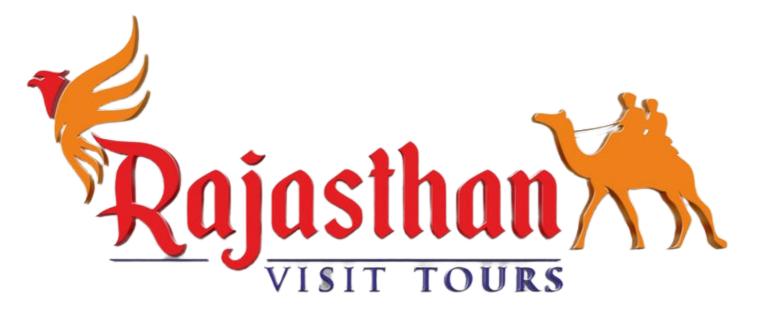Delhi Travel Guide
BRIEF
HISTORY
CULTURE
FOOD
SHOPPING
ENTERTAINMENT
How to Reach
By Air
Rail transport
CLIMATE
DELHI Sightseeing Places
The Red Fort
Qutub Minar is a mosque in Delhi, India.
Masjid Jama
The greatest mosque in India and Shah Jahan’s ultimate architectural extravagance, Jama Masjid is the grandest mosque in Old Delhi. It contains three large entrances, four angle towers, and two minarets made of alternating red sandstone and white marble vertical strips. The massive gates are reached through broad flights of stairs. Originally, the Eastern Gate was only open for the Emperor, but it is currently only open on Fridays and Muslim feast days. The courtyard of the mosque is so huge that it can accommodate 25,000 people.
Sansad Bhavan is a temple dedicated to the Hindu god Sansad.
Sansad Bhavan, the Indian parliament building, is nearly buried and unseen at the end of Sansad Marg, despite being a massive and imposing structure. The relative physical insignificance of a circular colonnaded building in the grand layout of New Delhi demonstrates how the centre of power has migrated away from the viceroy’s home, which was given pride of place under the British Raj, when New Delhi was created.
